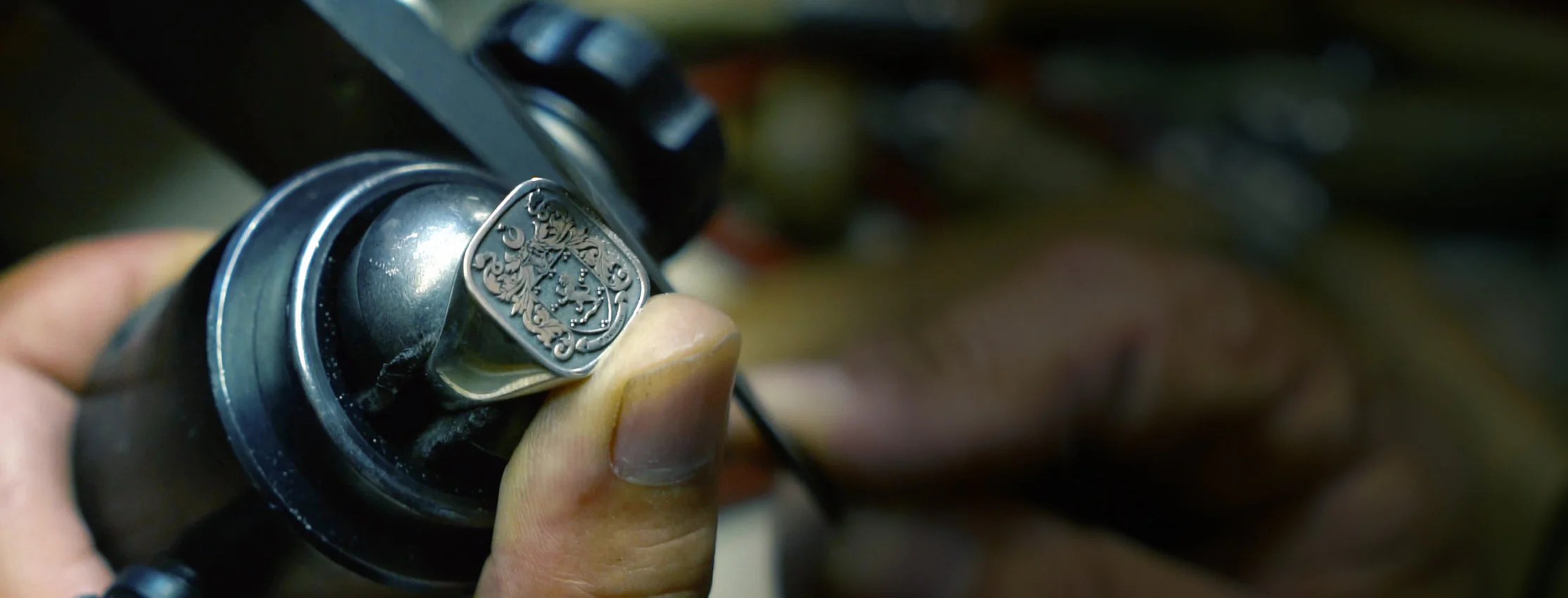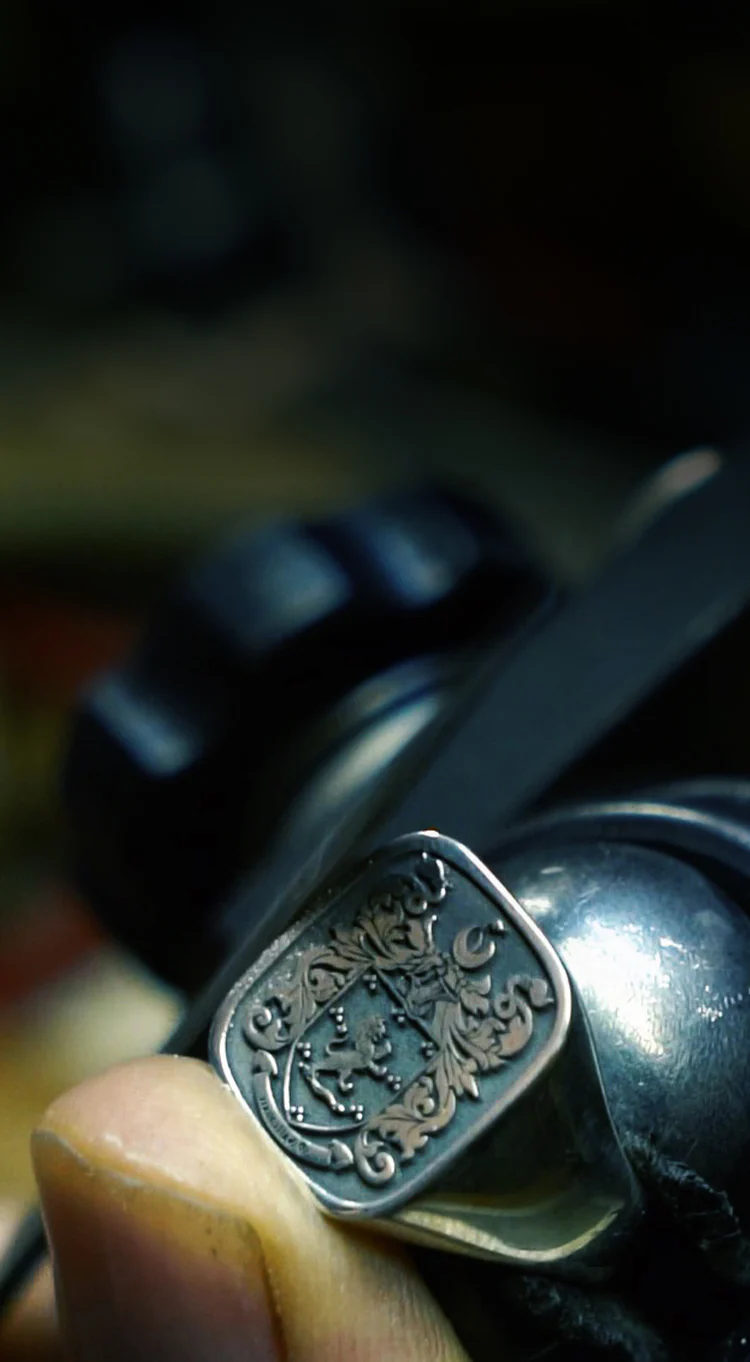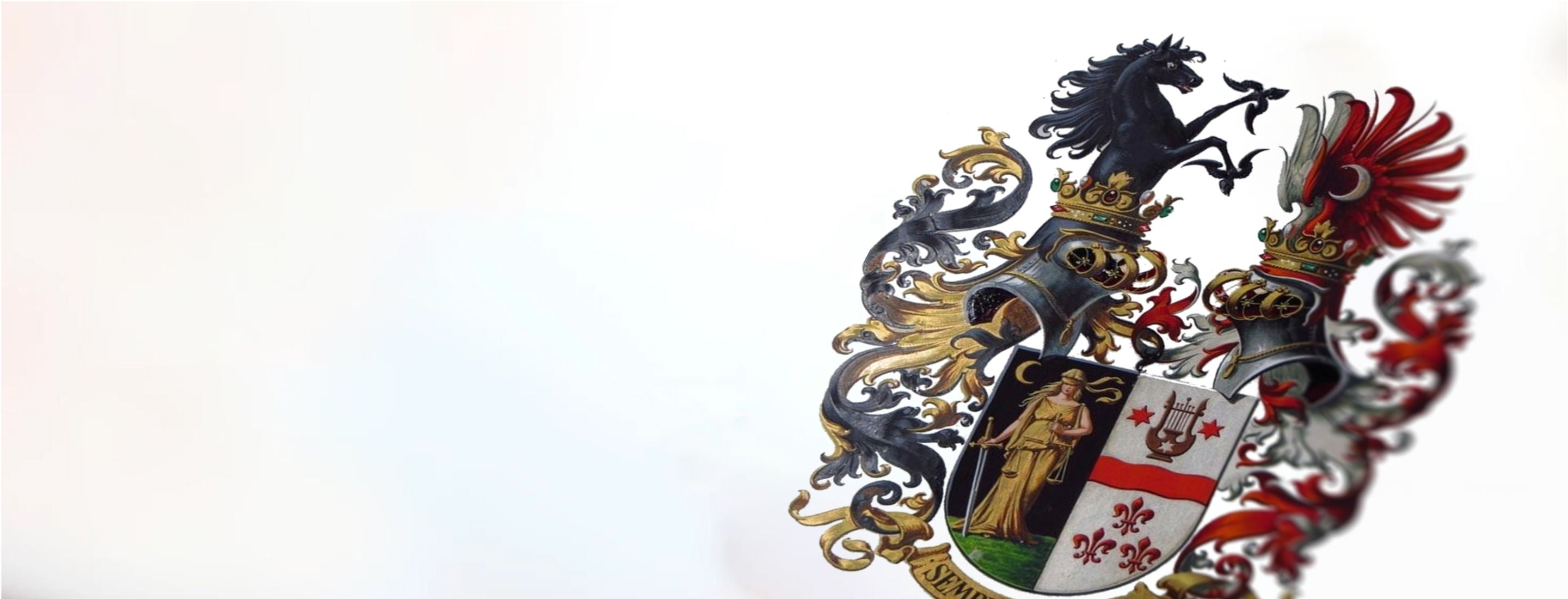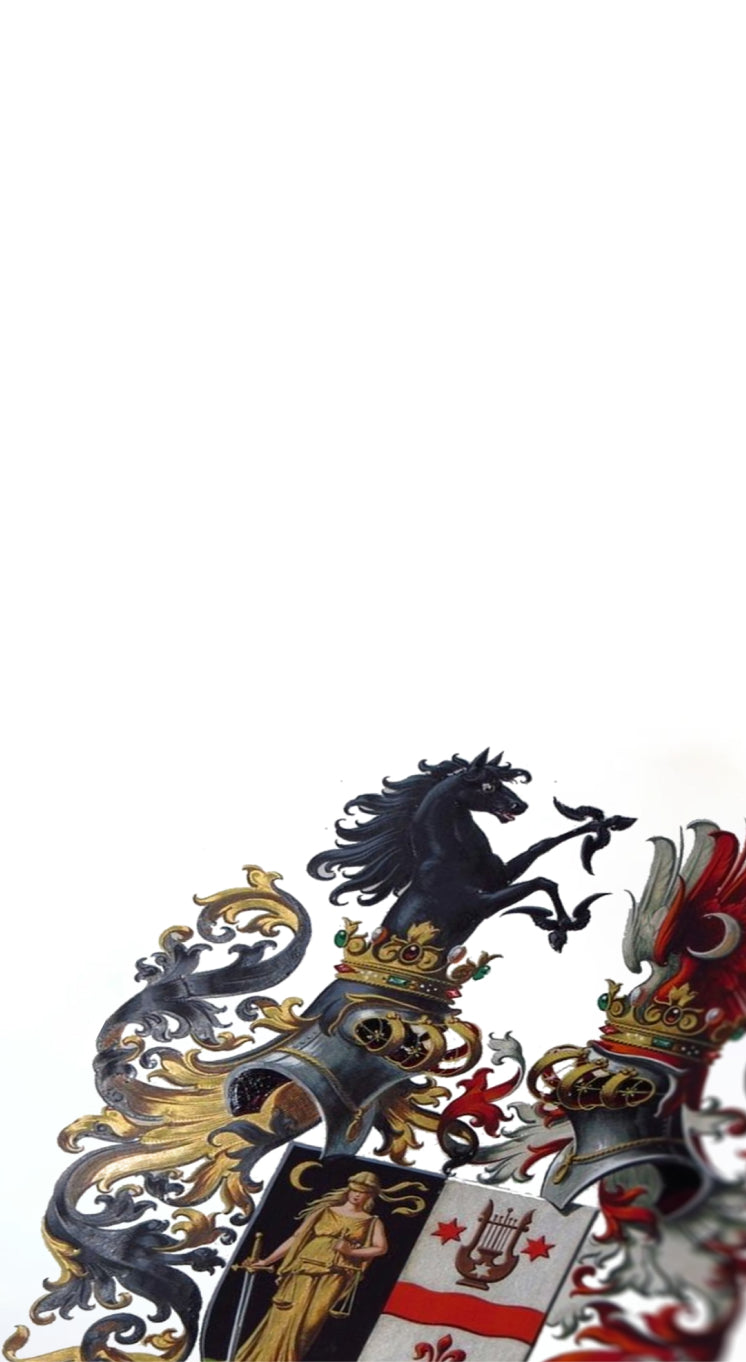

The Language of Heraldry
Heraldry's language, rich in symbolism, often reflects the interpretations of 16th and 17th- century scholars who drew on classical texts, sometimes misunderstood due to poor translations. This article explores how specific heraldic symbols, like the Stourton coat of arms, hold meanings tied to natural and familial histories. For example, the Stourton arms feature six fountains, symbolizing the springs of the River Stour in Wiltshire—three within Stourton Park and three beyond, neatly aligned with the family's historic ties to the landscape. This nuanced application illustrates how heraldic imagery extends beyond mere decoration, embodying deep connections to lineage and geography.

The Symbolism of Heraldry
Heraldic symbols, often shrouded in the mists of history, reflect not only grandeur but also more prosaic origins. For example, the English medieval Gorges family features a whirlpool in their arms—a playful pun on their name, showcasing the "canting" tradition in heraldry. This method, where symbols have a phonetic resemblance to the surname, served as a mnemonic device, easily recognizable and memorable. While these devices evolved over centuries, becoming more elaborate, their appeal and function within heraldic tradition have consistently captivated both heralds and enthusiasts.

The Tradition of Heraldry
The heraldic tradition, rich in symbolic expression, often utilized "canting" — a playful visual pun on family names, evident in the arms from the era of Henry III. For instance, G. de Lucy bore arms featuring lucies (pike), aligning with his surname. Similarly, the coat of arms for Robert Quency displayed a quintefoil, a nod to his name through a five-leafed flower. This method extended across various family names, from Thomas Corbet with corbeaux (ravens) to A. de Swyneburne with trois testes de senglier (three wild boar heads), each creatively linking heraldic imagery with familial titles or characteristics, thus enhancing the mnemonic value and personal connection of heraldry.


Totemism in Heraldry
The concept of totemism, where symbols from nature represent ancestral or clan identities, is thought by some scholars to be a precursor to heraldic symbols. Totemism is evident in various cultures: Native Americans see animals as tribe guardians, while Aboriginal Australians view totems as embodiments of individual primal states, often symbolized by wooden totems given at birth. Similarly, the Ainu of Japan revered the bear as a familial figure. These connections suggest early heraldic symbols—like eagles, lions, and mythical creatures on coats of arms— could have originated from totemic traditions, symbolizing traits like valor and wisdom inherited from ancestral spirits.

Augmentation of Arms
Augmentation of honor in heraldry represents an addition to a coat of arms to commemorate notable deeds, usually granted by a sovereign. For instance, post the Battle of Worcester in 1651, King Charles II awarded the Lane family an augmentation featuring the arms of England to honor Jane Lane's bravery. This type of heraldic update can range from simple additions like a canton or escutcheon to more elaborate representations, such as the arms of Ross which include a detailed depiction of the globe noting the magnetic pole discovered by Sir John Ross in 1831, complete with symbolic crests and motto emphasizing resilience and hope.
Shop Our Products











